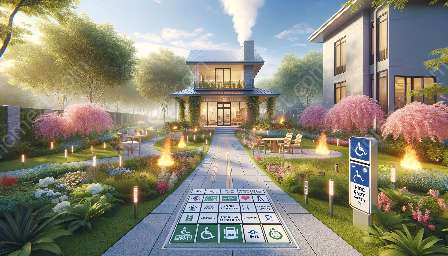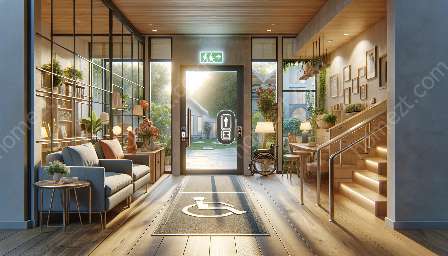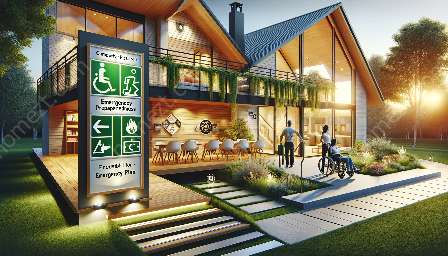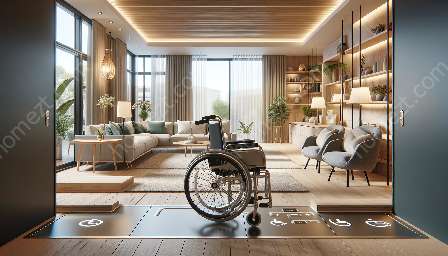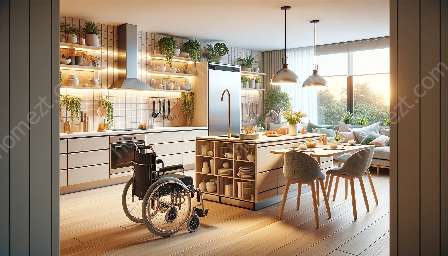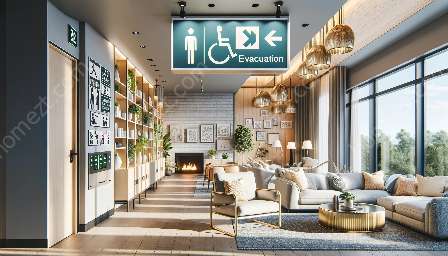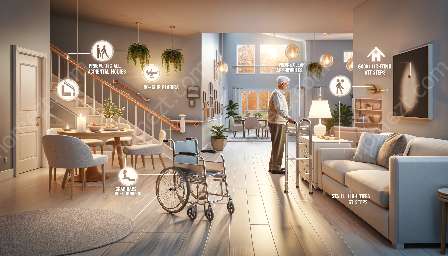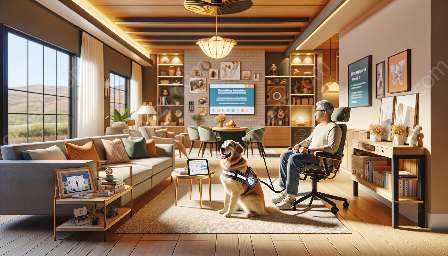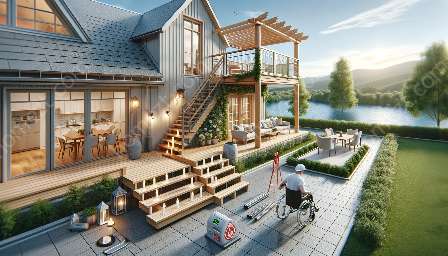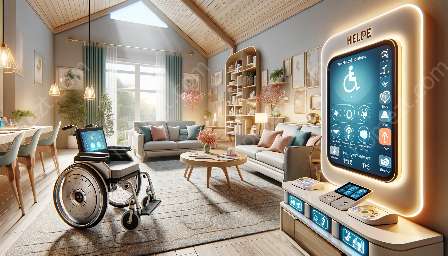Creating a safe and accessible environment for people with disabilities involves securing outdoor spaces. This comprehensive guide provides tips and strategies for enhancing the safety and security of outdoor areas, ensuring that individuals with disabilities can navigate their surroundings with confidence.
Understanding the Importance of Outdoor Safety
For individuals with disabilities, outdoor spaces present unique challenges and potential hazards. By implementing practical measures to secure these areas, we can contribute to a more inclusive and supportive environment.
Enhancing Accessibility
Improving outdoor accessibility is a crucial aspect of securing outdoor spaces for people with disabilities. This involves the installation of ramps, railings, and other modifications to enable easy navigation and mobility.
Lighting and Visibility
Proper lighting is essential for outdoor safety. Bright and well-lit pathways not only enhance visibility but also help reduce the risk of accidents for individuals with disabilities. Consider adding motion-sensor lights to further improve security.
Obstacle-Free Pathways
Removing obstacles such as loose gravel, uneven surfaces, or cluttered pathways is crucial for ensuring safe and accessible outdoor spaces. Smooth and obstacle-free pathways facilitate easy and secure movement for individuals with disabilities.
Secure Entrances and Exits
Installing secure and easily accessible entrances and exits is vital. Features such as automatic doors, wheelchair ramps, and proper handles and doorknobs contribute to the overall safety and security of outdoor spaces.
Emergency Response Preparedness
Being prepared for emergencies is essential. Consider installing emergency call buttons or intercom systems in outdoor areas to provide quick assistance in case of emergencies. Additionally, clearly marked emergency exits and evacuation routes are crucial for overall safety.
Home Safety for People with Disabilities
Securing outdoor spaces must be complemented by ensuring home safety for individuals with disabilities. This includes implementing measures such as installing grab bars, non-slip flooring, and accessible bathroom facilities to enhance safety within the home environment.
Integrating Home Safety and Security
Effective home safety and security require a holistic approach. By integrating outdoor and indoor safety measures, individuals with disabilities can experience a seamless and secure living environment. This integration involves evaluating potential risks, implementing preventive strategies, and fostering a supportive and secure atmosphere.

